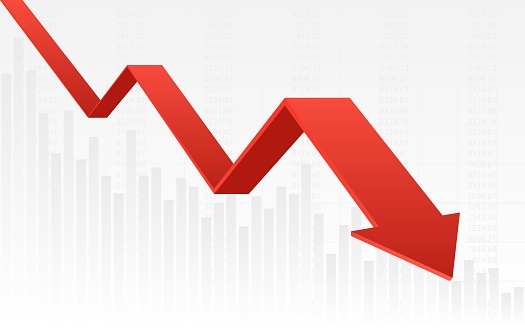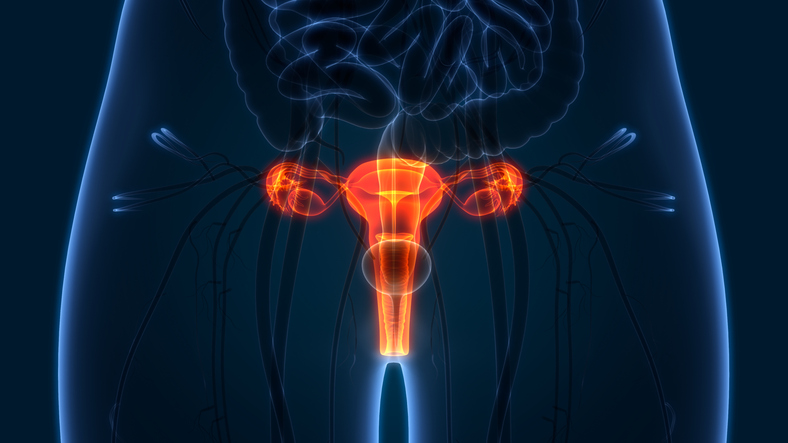
Cancer mortality has continued to decline steadily for 25 years, according to the American Cancer Society’s annual report, published in CA: A Cancer Journal for Clinicians. However, mortality associated with some specific cancers has increased.
Overall cancer death rates decreased by 27% between 1991 and 2016, translating to approximately 2.6 million fewer cancer deaths than if the death rate stayed at its peak in 1991 where there were an estimated 215.1 deaths per 100,000 people. Since then, the cancer death rate dropped steadily by approximately 1.5% per year to 156 per 100,000 people in 2016.
The decline in the rate of cancer deaths is truly good news, but for many cancers, such as blood cancers, more research is still needed until we can find a cure. #FightBloodCancer https://t.co/cc0ZVKq9TE
— The Leukemia & Lymphoma Society (@LLSusa) January 9, 2019
For all stages of cancer, survival is highest for prostate cancer (98%), melanoma of the skin (92%), and female breast cancer (90%). However, mortality rates have not been declining for all cancers, including liver cancer in men and women, as well as uterine cancer in women.
The researchers collected incidence data through 2015 from the Surveillance, Epidemiology, and End Results Program; the National Program of Cancer Registries; and the North American Association of Central Cancer Registries. They also collected mortality data through 2016 from the National Center for Health Statistics.
US cancer death rate hits 25 years of decline, study says – CNN | Keep on encouraging friends, family and coworkers to have a screening colonoscopy as it does save lives—from a truly preventable form of cancer. | https://t.co/3aYAxHZxtv | https://t.co/1tRE1HTWff
— Brian Dooreck, MD (@drdooreck) January 9, 2019
In 2019, 1,762,450 new cancer cases and 606,880 cancer deaths are projected to occur in the United States.
Between 2006 and 2015, the cancer incidence rate was stable in women and declined by approximately 2% per year in men. Between 2007 and 2016, the cancer death rate declined annually by 1.4% and 1.8%, respectively.
U.S. cancer death rate hits milestone of 25 years of decline https://t.co/t7lhqdm38z
— Alex Limkakeng (@alimkakeng) January 9, 2019
However, socioeconomic inequalities in cancer mortality persist and, in some cases, are widening. Patients living in the poorest counties are experiencing cancers such as cervical, lung, liver, and colorectal at considerably higher rates than those living in more affluent counties.
In addition, while five-year relative survival rates for all cancers diagnosed from 2008 to 2014 were similar between whites (67%) and blacks (62%), adjustment for sex, age, and stage at diagnosis resulted in relative risk of death after a cancer diagnosis that is 33% higher in black patients.
Why have liver cancer death rates skyrocketed in the past 16 years?
Lung cancer deaths for women are projected to increase worldwide.







 © 2025 Mashup Media, LLC, a Formedics Property. All Rights Reserved.
© 2025 Mashup Media, LLC, a Formedics Property. All Rights Reserved.